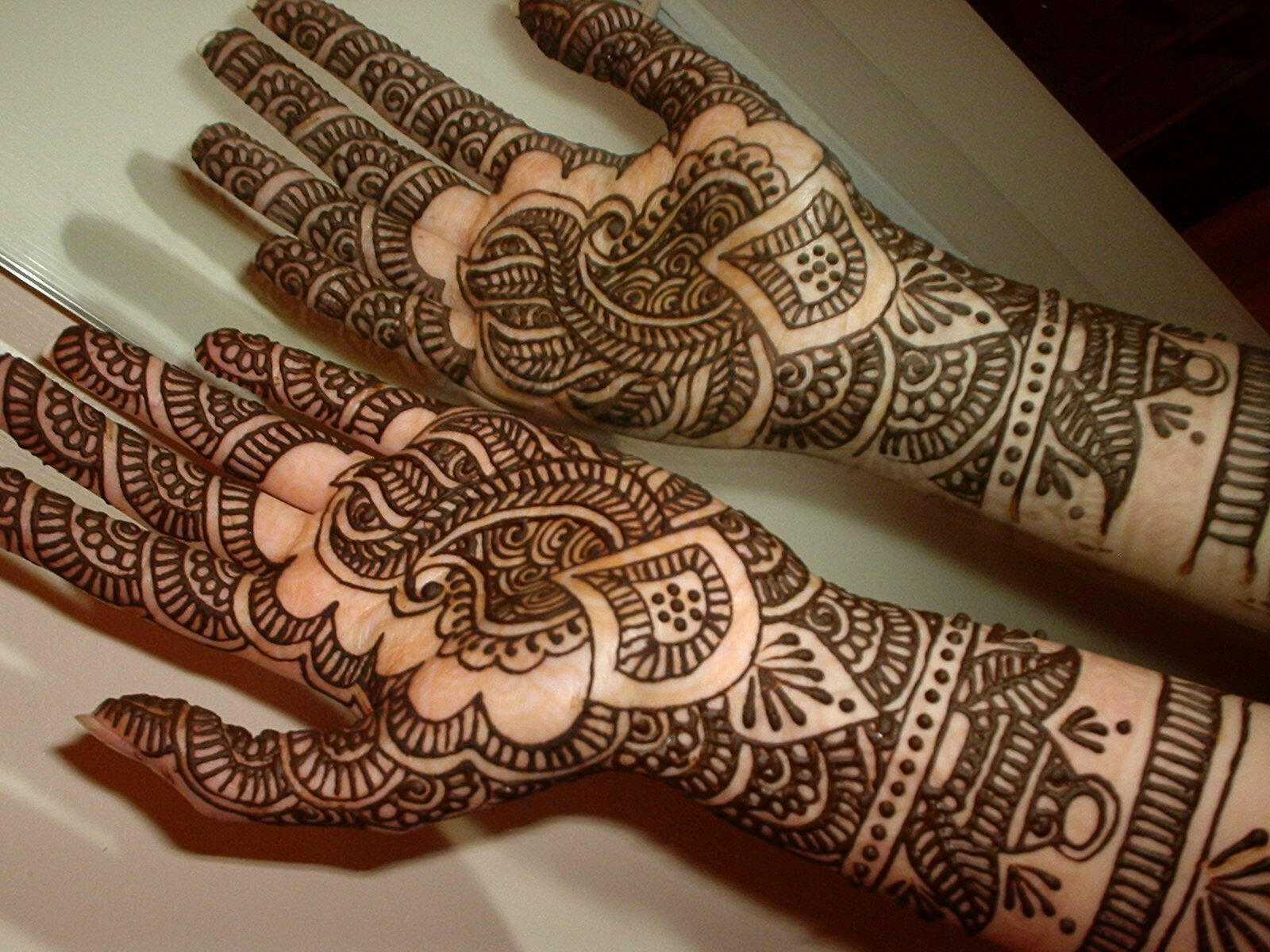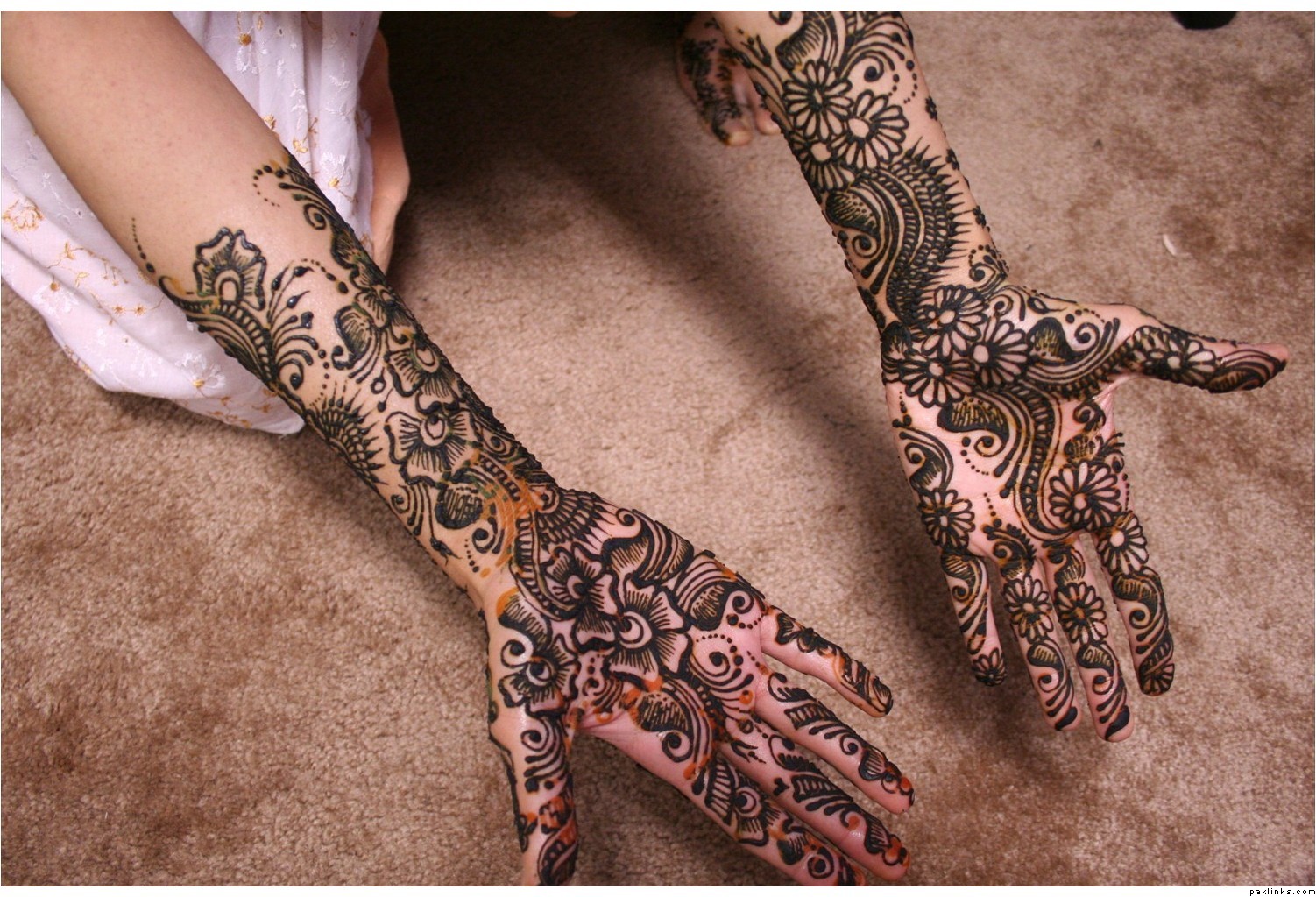Henna designs have transcended time and cultures, captivating hearts with their intricate beauty and deep cultural significance. Originating from ancient traditions, henna, or mehndi, has been employed for centuries as a form of body art, adorning the skin with stunning patterns that tell stories of love, celebration, and spirituality. Today, these designs have evolved into a global phenomenon, embraced by people from various backgrounds, each adding their unique flair to this age-old art form.
As we delve into the world of henna designs, we uncover a rich tapestry of techniques, styles, and meanings behind each stroke and curve. From elaborate bridal patterns to simple, elegant motifs, henna offers a versatile canvas for self-expression. Whether for a wedding, festival, or personal adornment, henna designs serve as a beautiful reminder of cultural heritage and individual creativity.
In this article, we will explore the various aspects of henna designs, including their history, techniques, and the significance behind popular motifs. We will also answer some common questions about henna application, care, and how to choose the right design for your special occasion. Join us as we celebrate the enchanting world of henna and discover how these ephemeral designs leave a lasting impression.
What is the History of Henna Designs?
Henna has been used for thousands of years, with its origins traced back to ancient Egypt, where it was utilized for dyeing hair, nails, and skin. The plant, known scientifically as Lawsonia inermis, produces a natural dye that can create beautiful, earthy tones. Throughout history, henna has been embraced by various cultures, playing an essential role in celebrations and rituals, particularly in South Asia, the Middle East, and North Africa.
How Are Henna Designs Created?
Henna designs are created using a paste made from the powdered leaves of the henna plant mixed with water, lemon juice, and essential oils. The paste is applied to the skin using a cone or brush, allowing for intricate detailing. Once the paste dries, it leaves behind a stain that can last for several weeks, depending on skin type and aftercare.
What Are Some Popular Henna Design Styles?
Henna designs come in a variety of styles, each with its unique characteristics. Some popular styles include:
- Traditional Indian Mehndi: Characterized by intricate patterns, floral motifs, and paisley shapes.
- Moroccan Henna: Known for its geometric patterns and bold designs.
- Arabic Henna: Features large, flowing designs with open spaces and floral elements.
- Contemporary Henna: A modern twist on traditional designs, incorporating unique elements and symbols.
Who Can Apply Henna Designs?
Henna application can be performed by professional henna artists or even by individuals looking to try their hand at this beautiful art form. While professional artists have the expertise to create intricate designs, many people enjoy practicing henna application at home for fun or special occasions.
How Long Do Henna Designs Last?
The longevity of henna designs depends on various factors, including skin type, aftercare, and the quality of the henna used. Typically, henna stains can last anywhere from one to three weeks. Here are some tips for prolonging the life of your henna designs:
- Avoid water and excessive scrubbing for the first 24 hours after application.
- Moisturize with natural oils to keep the design vibrant.
- Avoid sun exposure and chlorinated water.
Can Henna Be Used for Special Occasions?
Absolutely! Henna designs are often a significant part of celebrations such as weddings, festivals, and cultural events. Brides typically adorn their hands and feet with elaborate mehndi designs, symbolizing beauty, joy, and auspiciousness. Additionally, henna is a popular choice for events like Eid, Diwali, and other cultural festivities, allowing individuals to express their creativity and celebrate their heritage.
What Should You Know Before Getting Henna Designs?
Before getting henna designs, consider the following:
- Allergies: Ensure you are not allergic to henna or any of its ingredients.
- Design Selection: Choose a design that resonates with you and fits the occasion.
- Application Method: Decide whether you want to hire a professional or try a DIY approach.
How to Care for Henna Designs?
Proper care of henna designs can enhance their longevity and vibrancy. Here are some tips:
- Keep the area clean and avoid scrubbing.
- Moisturize with natural oils like coconut or olive oil.
- Avoid products containing alcohol or harsh chemicals on the design.
Are There Any Cultural Significances to Henna Designs?
Yes, henna designs carry significant cultural meanings, often symbolizing blessings, protection, and good fortune. In many cultures, henna is applied during rites of passage, such as weddings and childbirth, serving as a beautiful expression of love and celebration. Each design may have its own interpretation and meaning, reflecting the rich heritage and traditions associated with this art form.
In conclusion, henna designs are more than just beautiful patterns; they represent a deep cultural heritage and a celebration of life's milestones. Whether you're considering henna for a special occasion or simply exploring this enchanting art form, the intricate beauty of henna is sure to leave a lasting impression.




